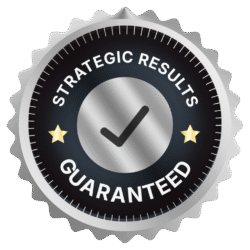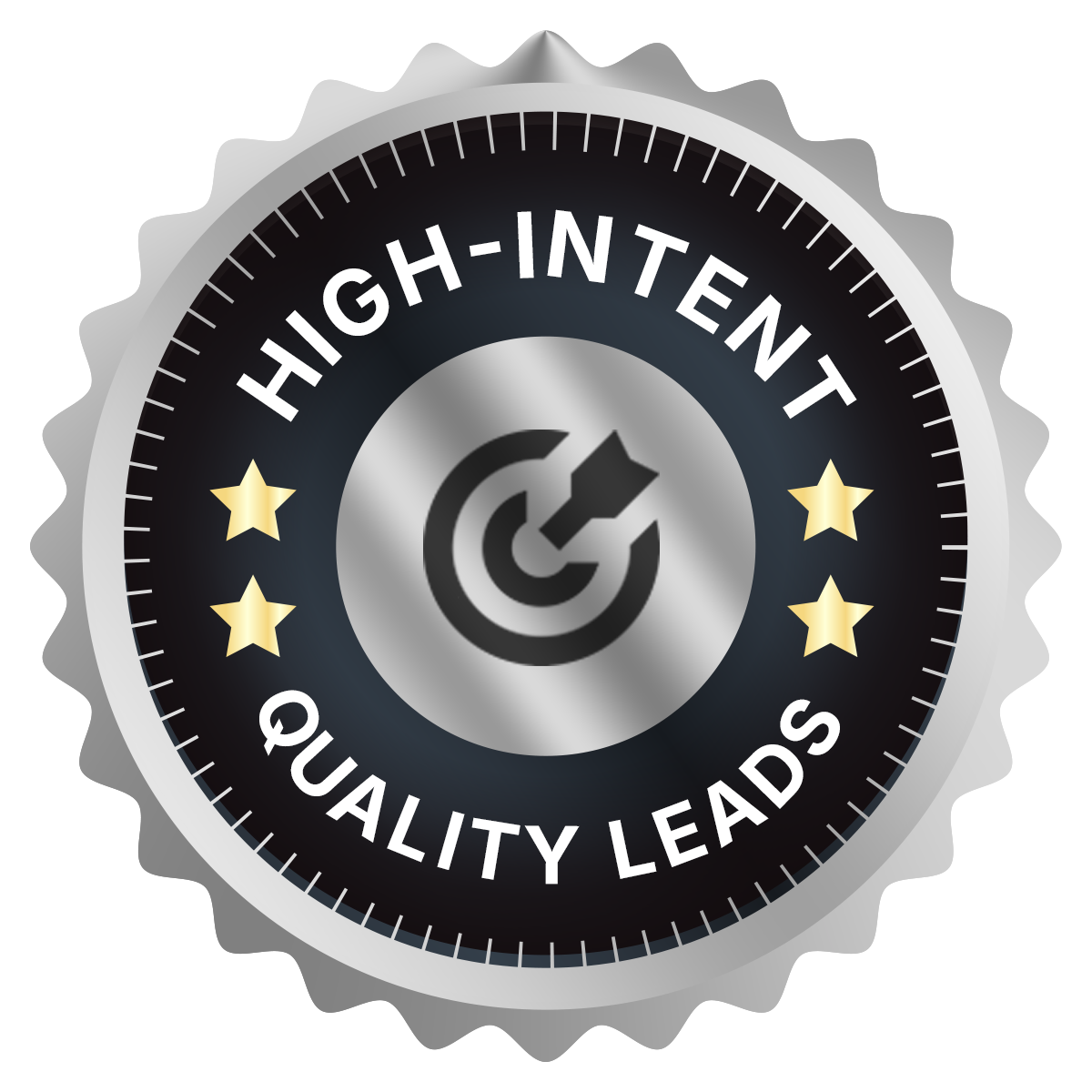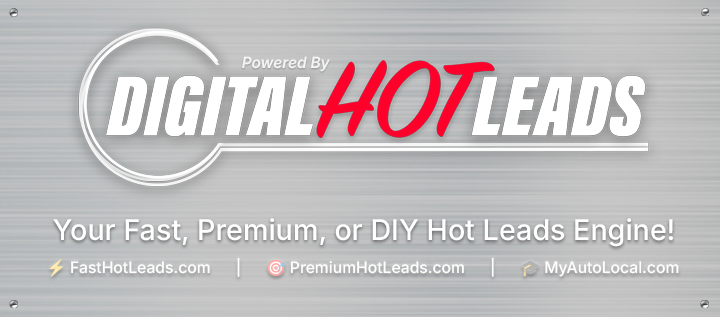What We Look For When Building Your Custom Strategy
When crafting a custom lead generation strategy, one size does not fit all. Each business has unique goals, audiences, and challenges, and a premium approach begins by identifying the core elements that will drive success. Below are the key factors we analyze and prioritize to ensure your strategy aligns with your objectives and delivers lasting results.
1. Clear Business Objectives
The foundation of any custom strategy is a precise understanding of your short-term and long-term goals. We work with you to define:
- Revenue Targets and Growth Milestones: Whether you need a certain number of new clients per month or plan to enter a new market, having quantifiable targets shapes every tactical decision.
- Desired Profit Margins: Knowing the average customer lifetime value and acceptable acquisition costs helps us balance quality and budget, ensuring campaigns remain financially sustainable.
- Brand Positioning and Messaging: Clarifying how you want prospects to perceive your brand—whether as the most reliable, the most innovative, or the most affordable—guides tone, creative, and channel selection.
Without these clear objectives, even a high-volume campaign can misfire. A premium strategy always starts by aligning on measurable outcomes.
2. In-Depth Audience Profiling
A bespoke strategy hinges on knowing exactly who you’re targeting. We dive into:
- Demographic and Psychographic Profiles: Your ideal customer’s age, income, occupation, interests, motivations, and pain points. This helps us craft messaging that resonates on a personal level.
- Behavioral Signals and Intent: Data on how prospects search, which keywords they use, and what drives them to click. For instance, someone searching “emergency legal advice tonight” has different motivations than a user browsing “best estate planning law firms” weeks ahead.
- Purchase Triggers: Identifying the critical factors—urgency, trust signals, social proof—that prompt your audience to act. Understanding these triggers allows us to weave them into each touchpoint.
Detailed audience insights ensure we only target those with the highest likelihood of converting, optimizing both ad spend and conversion rates.
3. Competitive Landscape Analysis
Understanding how you compare to competitors informs both positioning and opportunities for differentiation:
- Direct Competitor Messaging: Reviewing top competitors’ ad copy, landing pages, and promotions to spot gaps and avoid overlap.
- Unique Value Propositions: Pinpointing which aspects of your service—faster response times, superior customer service, or specialized expertise—set you apart.
- Market Saturation and Niche Opportunities: Identifying segments where competition is fierce versus underserved niches where a premium approach can quickly gain traction.
This analysis allows us to position your brand in a way that highlights uniqueness, ensuring your campaigns do more than blend into the noise.
4. Channel Selection and Integration
Not every platform drives equal results for every business. We evaluate which channels will most effectively reach and convert your audience:
- Search Engine Campaigns (SEM): Ideal for capturing prospects with high purchase intent. We look at search volume, keyword cost, and competitive bidding levels to determine if SEM is a fit.
- Social Media Advertising: Platforms like Facebook, LinkedIn, or Instagram can be powerful for targeting based on interests and demographics. We assess where your audience spends time and how they engage with content to decide if social ads should play a role.
- Content and Organic Channels: Blogging, SEO, and email nurture sequences build long-term trust and can supplement paid efforts. If your business has a longer sales cycle, these channels often create the educational touchpoints prospects need before purchase.
- Local Listings and Directory Presence: For businesses serving specific areas, optimizing local SEO and managing directory profiles establishes credibility and captures high-intent location-based searches.
By integrating multiple channels—paid and organic—we build resilience into your strategy, ensuring that shifts in one platform don’t derail your overall lead flow.
5. Customized Messaging and Creative Elements
Once channels are selected, we craft tailored messaging and creative components that connect with your audience:
- Headline and Copy Tone: Choosing language that reflects empathy for the prospect’s pain points, emphasizes your unique strengths, and aligns with brand voice.
- Visual Elements and Design: Premium brands need high-quality images, videos, or graphics. We determine whether professional photography, customer testimonial videos, or clean, minimalist designs best communicate your value.
- Persuasive Hooks and Calls-to-Action: Identifying the precise value exchange—free consultation, timely discounts, or exclusive insights—that motivates immediate action.
This meticulous approach to messaging ensures that every ad and landing page resonates with the target audience and upholds premium brand standards.
6. Scalable Lead Qualification and Nurturing Frameworks
Generating leads is only half the battle; converting them requires a structured qualification and nurturing process:
- Lead Scoring Criteria: Establishing which attributes—purchase timeline, budget, project scope—indicate the highest propensity to buy. High-scoring leads receive priority outreach, ensuring the most urgent prospects convert swiftly.
- Automated Nurture Sequences: Designing segmented email or SMS sequences that provide progressive value—educational content, case studies, or timely reminders—to move prospects through the funnel at their own pace.
- Personalized Follow-Up Protocols: Defining when and how a lead escalates from automated sequences to personalized contact. For example, high-intent inquiries trigger a designated team member to call within a specific timeframe.
These frameworks guarantee that leads never stagnate. Instead, they’re guided exactly where they need to go—toward a purchase decision—without falling through the cracks.
7. Continuous Measurement and Strategic Adjustments
A custom strategy is not set in stone; it must evolve with data-driven insights:
- Key Metrics Tracking: Monitoring cost per lead, conversion rates, click-through rates, and customer acquisition costs ensures we know what’s performing and what needs tweaking.
- A/B Testing and Experimentation: Running controlled tests on headlines, visuals, landing page layouts, or audience segments to continuously refine performance and uncover new opportunities.
- Regular Strategy Reviews: Holding monthly or quarterly sessions to evaluate overall progress, revisit objectives, and adjust budgets or targeting based on current performance and market conditions.
This ongoing process ensures your strategy remains agile and aligned with evolving business needs, maximizing ROI over time.
Final Thoughts
Building a custom strategy for a premium lead system requires a deep dive into your business objectives, audience nuances, competitive dynamics, and the right mix of channels and messaging. By focusing on these core elements—clear goals, detailed audience profiling, strategic channel selection, tailored creative, robust qualification processes, and continuous optimization—you create a foundation for sustainable lead generation and growth. When each component is purpose-built around your unique needs, you gain a powerful, long-term engine that consistently delivers high-quality leads, freeing you to concentrate on closing deals rather than chasing prospects.









